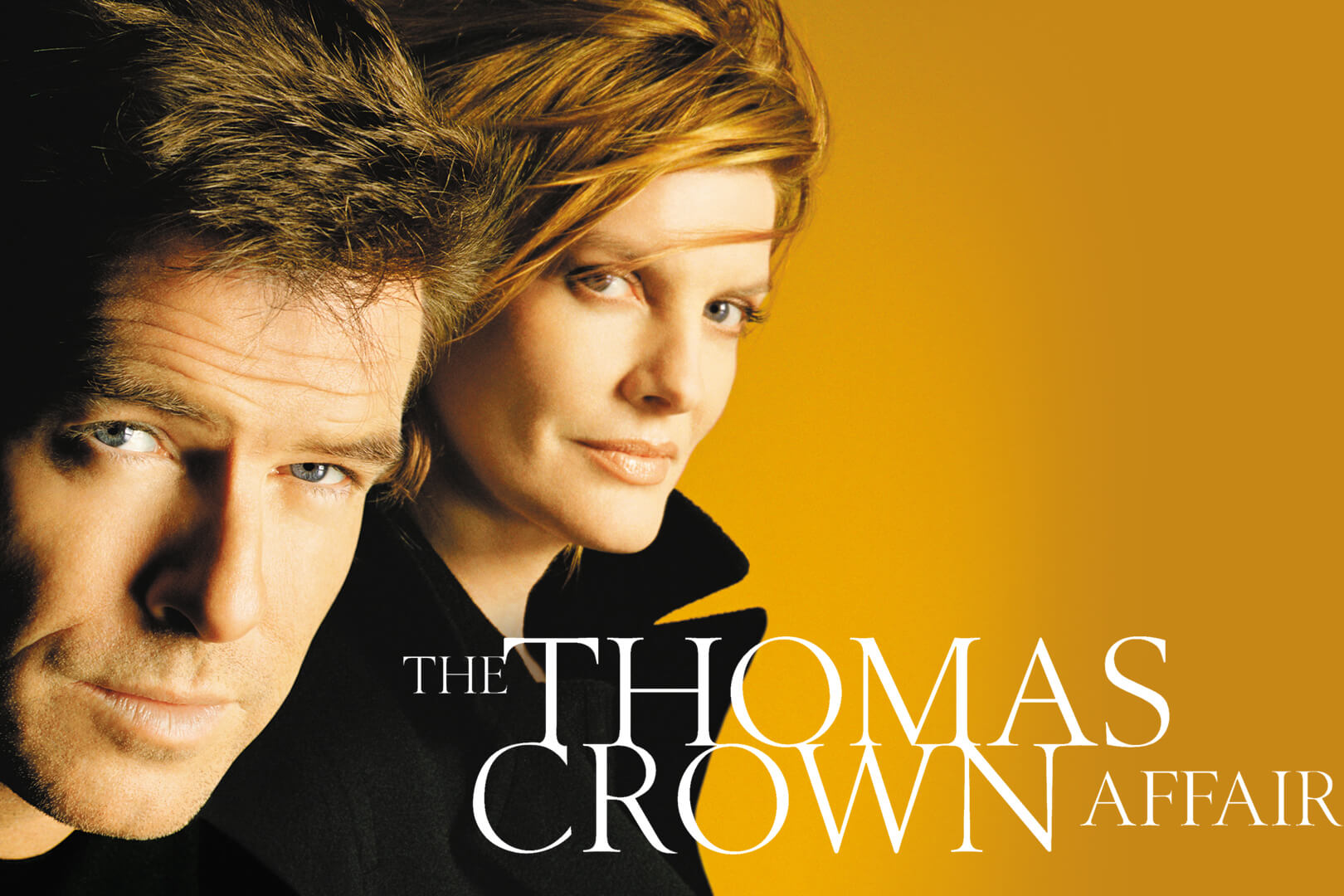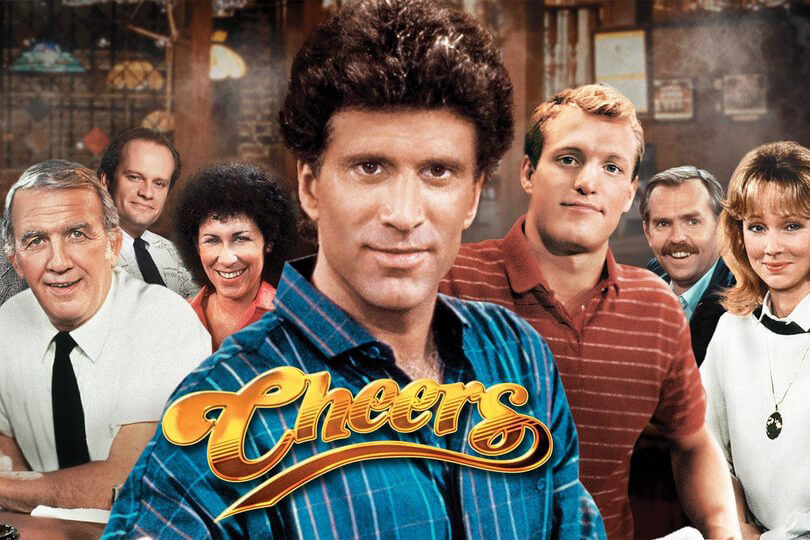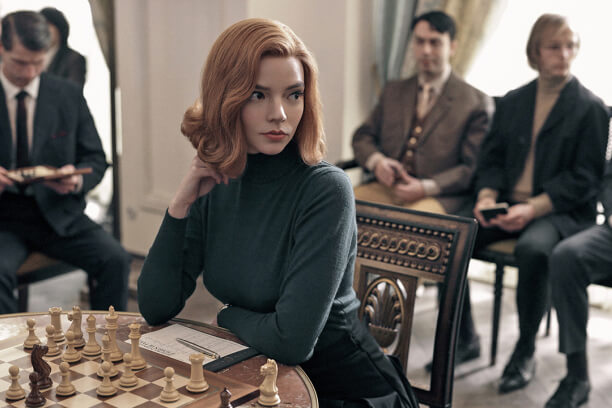Chess News, Events & Blogs
The Fascination of Chess in Popular Culture
The portrayal of chess in popular culture has been an intriguing subject for many. Chess has been featured in various forms of media, from movies and TV shows to chess books. This article explores the different ways in which chess has been portrayed in popular culture and how it has impacted the game’s popularity. Discover the most iconic chess scenes, the use of chess symbolism, and the influence of chess on literature and art. Dive into the world of chess in popular culture and learn more about its significance in the entertainment industry.
Table of Contents
Chess in movies: a history of its portrayal on the big screen
Chess has been a popular game for centuries, and its cultural significance extends far beyond the realm of competitive play. In fact, chess has been portrayed in numerous movies over the years, from documentaries and dramas to comedies and animated films. The game of chess has often been used as a powerful metaphor for life, power struggles, and intellectual battles, making it a popular choice for filmmakers looking to add depth and symbolism to their work.
The Chess Player
One of the earliest examples of chess in movies can be found in the 1925 silent film “The Chess Player,” which depicts a battle of wits between a Russian czar and a French revolutionary during the Napoleonic Wars. The movie was notable for its innovative use of special effects, which created the illusion of chess pieces coming to life on the board. Since then, chess has appeared in countless films, taking on a variety of roles and themes.
Searching for Bobby Fischer
In some movies, chess is used as a plot device or a background element, while in others, it plays a central role in the story. One of the most famous examples of the latter is “Searching for Bobby Fischer,” a 1993 drama about a young chess prodigy’s journey to becoming a grandmaster. The movie is based on the real-life story of Josh Waitzkin, who went on to become one of the youngest chess champions in history.
The Thomas Crown Affair
Chess has also been used as a tool for exploring complex themes and ideas, such as love, politics, and war. In the 1968 film “The Thomas Crown Affair,” for example, the game of chess is used as a symbol of the power struggle between the film’s two main characters, played by Steve McQueen and Faye Dunaway. Similarly, in the 1984 Cold War thriller “The Killing Fields,” chess is used as a metaphor for the war between Cambodia and Vietnam, with one character even saying, “The Khmer Rouge is playing chess with human lives.”
A Bug’s Life
Chess has also made appearances in more lighthearted films, such as the 1998 animated movie “A Bug’s Life,” where a group of ants uses a game of chess to outsmart a group of grasshoppers. In the 2001 comedy “Knight’s Tale,” starring Heath Ledger, a character named William Thatcher uses his knowledge of chess to win jousting tournaments.
TV shows and chess: how the game has been depicted on television
Game Show “Twenty-One”
One of the earliest TV shows to feature chess was the game show “Twenty-One,” which aired in the 1950s. The show pitted two contestants against each other in a game of chess, with the winner advancing to the next round. The show’s success inspired other game shows to feature chess as well, including “Name That Tune” and “Concentration.”
The Sitcom “Cheers”
In the 1980s, the sitcom “Cheers” featured a recurring storyline about the bar’s resident chess player, Woody Boyd. Woody was depicted as an enthusiastic but inexperienced player who becomes obsessed with the game. His attempts to improve his skills lead to several comedic situations throughout the show’s run.
Netflix series “The Queen’s Gambit”
More recently, the Netflix series “The Queen’s Gambit” has brought renewed attention to chess on television. The show follows the story of a young chess prodigy named Beth Harmon, and her rise to the top of the chess world. The show’s success has sparked renewed interest in the game, with many viewers discovering chess for the first time.
Famous books featuring chess: from Lewis Carroll to Nabokov
Through the Looking Glass
Carroll’s “Through the Looking Glass” features a chess game as a central plot device, with Alice and the Red Queen acting as pawns in a game played on a giant chessboard. The game serves as a metaphor for the struggle for power and the limitations of social hierarchy.
The Luzhin Defense
In “The Luzhin Defense,” Nabokov tells the story of a brilliant but mentally unstable chess player named Alexander Luzhin, whose obsession with the game ultimately leads to his downfall. The novel explores themes of isolation, madness, and the search for meaning in a world that seems to have lost its sense of purpose.
The fictional works of Stefan Zweig and Jostein Gaarder
Other notable works of fiction that prominently feature chess include Stefan Zweig’s “The Royal Game,” Thomas Pynchon’s “The Crying of Lot 49,” and Jostein Gaarder’s “The Solitaire Mystery.” In each of these books, chess is used as a symbol of intellectual challenge and the search for meaning in a chaotic and unpredictable world.





